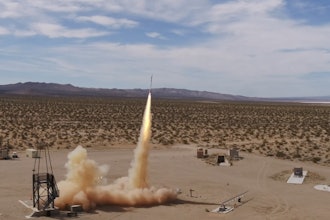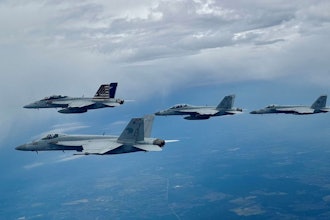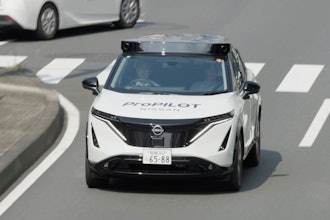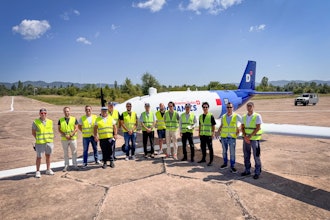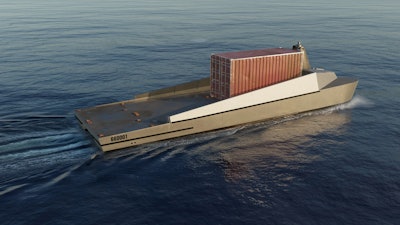
BlackSea Technologies is developing a new family of Modular Attack Surface Craft (MASC) unmanned surface vessels (USVs) designed to meet the U.S. Navy’s call for modular, multi-mission combatants.
In July 2025, the U.S. Navy issued a solicitation inviting industry to propose modular surface vessels capable of executing a broad range of missions including; anti-surface warfare, strike operations, electronic warfare, mine countermeasures, and logistics—through containerized, rapidly reconfigurable payloads. BlackSea’s proposed 66-foot aluminum catamaran was built to exceed these requirements.
Unlike retrofitted commercial hulls, BlackSea’s MASC USV was designed from the keel up to maximize payload access, capacity, and operational flexibility.
The BlackSea MASC vessel offers:
- 67,200 pounds of payload capacity and 900 ft² of open deck space
- 198 kWe electrical power to support advanced sensors and weapon systems
- 3,000 nm range at 10 knots and extended self-deploying range to 10,000 nm
- Top speed of 25 knots, enabling responsive, long-endurance operations
With twice the payload area and electrical power of similar-sized vessels, the platform supports seven mission profiles out of the box: Anti-Submarine Warfare (ASW), Anti-Surface Warfare (ASuW), Electronic Warfare/ISR, Logistics, Infrastructure Monitoring, Strike, and Mine Warfare (MCM/MIW).
Using its proven Global Autonomous Reconnaissance Craft (GARC) production line, currently producing one craft per day at BlackSea’s Baltimore facility, the company is prepared to build and deliver the first fully integrated MASC prototype within six months.
The design shares major subsystem components with BlackSea's fielded GARC systems, ensuring supply chain resilience and rapid integration of existing autonomy, command-and-control, and perception subsystems.
The hull form, derived from BlackSea’s operational GARC platform, uses slender twin aluminum hulls for low drag and high stability—enabling safe launch and recovery of containerized payloads. Marine-grade aluminum construction aligns with existing shipyard skillsets.
Powering the craft are dual Volvo Penta D8-IPS600 integrated propulsion units, eliminating shaft alignment during assembly and supported by a global logistics network. The open architecture is built natively on the Navy’s Unmanned Maritime Autonomy Architecture (UMAA), enabling plug-and-play autonomy integration and preventing vendor lock-in.



















